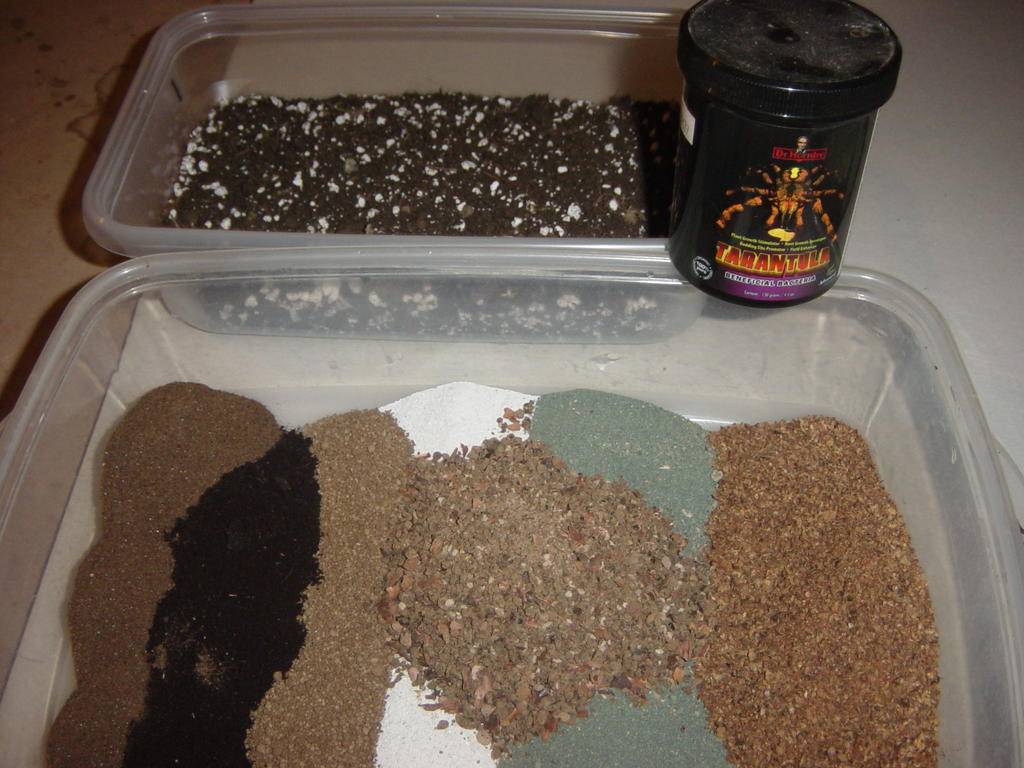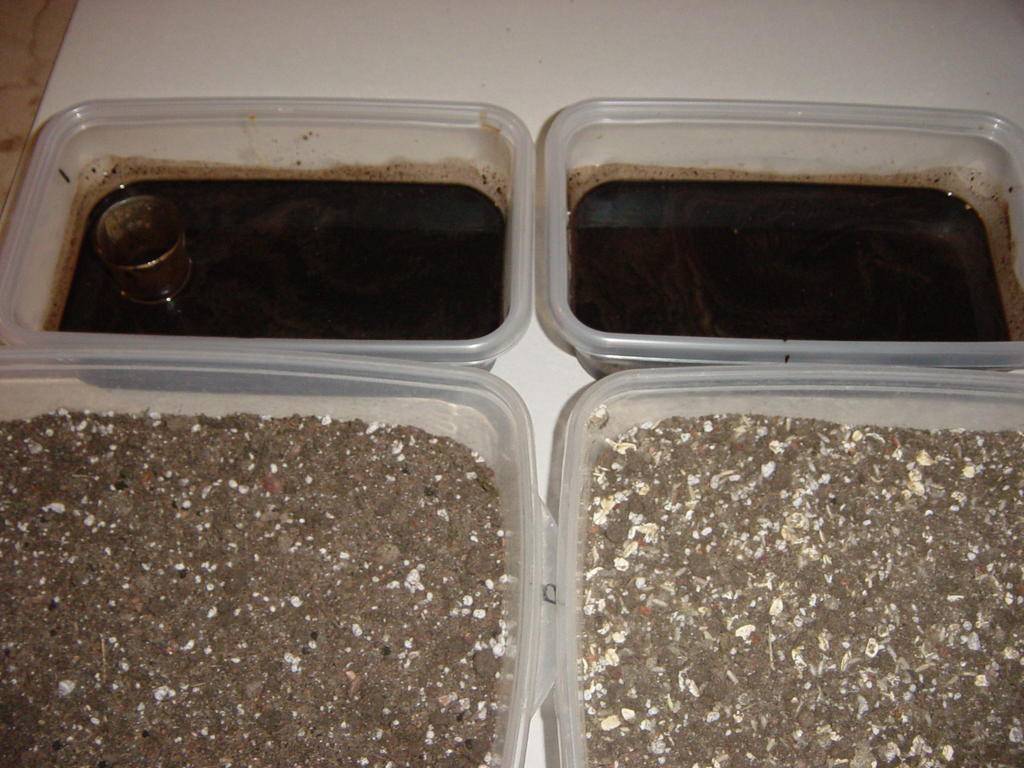Tactical Farmer
Member
Going to start off by saying that im not a scientist - just a simple fella that likes to play with dirt.
Been getting alot of questions from folks on my Earth Juice sticky thread about this stuff.
Haven't seen this documented so here is what I have been doing.
Its really simple & you cant really screw up making it but * Do Use Caution * when applying the fungi stuff with seedings & clones as it will attack - eat - kill them quick.
I see there being many different variations with this, some examples would be:
1. Bacterial Dominate
2. Fungal Dominate
3. With Nutes
4. Without Nutes
So basically what im doing is taking my (beneficials) powder to an visibly growing activated state by giving it an ideal environment & nutrition.
There are several benefits to this - some being:
1. Beneficials more readily available for duty.
2. Create large volume of highly active (beneficials) material
3. Speeds up the breaking down of added nutrients.
4. Also adds various nutrients from the food for the plant.
5. Fungi ready for further expansion via bubbled teas.
6. (Beneficials) product lasts a long time as a little bit goes a long way.
Making Beneficials Culture Mix
I just use whatever soil mix as the base - screened compost works great.

Then depending on what my plans are I will just add specific (food store items & or nutrients) to the compost with the (beneficials) powder.
They love these items & it makes them grow like crazy.


#1 Bacterical / Nitrogen dominate - Wet & Dry ferts added (VERY STRONG)

#2 Fungal / Phosphorus dominate - Wet & Dry ferts added (VERY STRONG)
#3 Fungal - No Added ferts - just food

#1 & #2 were moistened heavily with ALOT of liquid & dry fertilizer & the #3 was just wetted with spring water.

I added vermiculite to aid in moisture control - I try to keep them semi damp by misting almost daily.
______________________________________________________
Just place it in a good spot somewhere & wait.
In a few days it should start visibly growing & in a week or so it should be really funky.





Fungal dominate nuted one has really formed a dense / hard formation.

____________________________________________________
APPLICATION
***WARNING***
A mix of Fungi in this concentration will aggressively cling to & turn seedlings / even rooted clones into compost material.
Seriously dont even sit your starter mix near this..[/COLOR][/B]
The material has alot of uses, can be added to compost pile, upcoming soil mix, teas, topdressing.
* (beneficial foliar spray) ?
Once you get some going you can just add more to it when it starts to run low or activity drops.
Or make a fresh batch & activate it with the old batch.
Just try to keep track of what you are doing / adding to aid in control.
You can use it very often as there doesn't seem to be a point of overdoing.
_________________________________________________
Boosting the worm bin.


Been getting alot of questions from folks on my Earth Juice sticky thread about this stuff.
Haven't seen this documented so here is what I have been doing.
Its really simple & you cant really screw up making it but * Do Use Caution * when applying the fungi stuff with seedings & clones as it will attack - eat - kill them quick.
I see there being many different variations with this, some examples would be:
1. Bacterial Dominate
2. Fungal Dominate
3. With Nutes
4. Without Nutes
So basically what im doing is taking my (beneficials) powder to an visibly growing activated state by giving it an ideal environment & nutrition.
There are several benefits to this - some being:
1. Beneficials more readily available for duty.
2. Create large volume of highly active (beneficials) material
3. Speeds up the breaking down of added nutrients.
4. Also adds various nutrients from the food for the plant.
5. Fungi ready for further expansion via bubbled teas.
6. (Beneficials) product lasts a long time as a little bit goes a long way.
Making Beneficials Culture Mix
I just use whatever soil mix as the base - screened compost works great.
Then depending on what my plans are I will just add specific (food store items & or nutrients) to the compost with the (beneficials) powder.
They love these items & it makes them grow like crazy.
#1 Bacterical / Nitrogen dominate - Wet & Dry ferts added (VERY STRONG)
#2 Fungal / Phosphorus dominate - Wet & Dry ferts added (VERY STRONG)
#3 Fungal - No Added ferts - just food
#1 & #2 were moistened heavily with ALOT of liquid & dry fertilizer & the #3 was just wetted with spring water.
I added vermiculite to aid in moisture control - I try to keep them semi damp by misting almost daily.
______________________________________________________
Just place it in a good spot somewhere & wait.
In a few days it should start visibly growing & in a week or so it should be really funky.
Fungal dominate nuted one has really formed a dense / hard formation.
____________________________________________________
APPLICATION
***WARNING***
A mix of Fungi in this concentration will aggressively cling to & turn seedlings / even rooted clones into compost material.
Seriously dont even sit your starter mix near this..[/COLOR][/B]
The material has alot of uses, can be added to compost pile, upcoming soil mix, teas, topdressing.
* (beneficial foliar spray) ?
Once you get some going you can just add more to it when it starts to run low or activity drops.
Or make a fresh batch & activate it with the old batch.
Just try to keep track of what you are doing / adding to aid in control.
You can use it very often as there doesn't seem to be a point of overdoing.
_________________________________________________
Boosting the worm bin.



